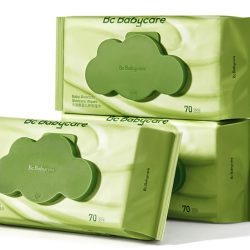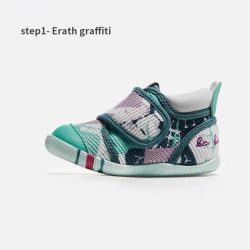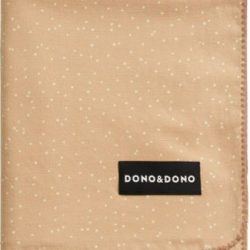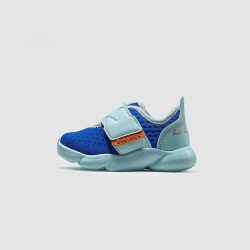24th June 2022
We all want to look younger. For generations, women and men have tried all they can to maintain that so-called ‘youthful glow’. In today’s society, youthfulness goes hand in hand with attractiveness and beauty, so it is no wonder everyone strives for that smooth, supple skin and youthful radiance that tends to recede with age.
The science behind skin ageing is associated with a loss of skin suppleness and moisture (Papakonstantinou et al., 2012). The key molecule involved in skin moisture is a substance made naturally in the skin called hyaluronic acid. Hyaluronic acid has a unique capacity to bind and retain water molecules in the skin, thus creating a youthful look. Hyaluronic acid also plays a multifaceted role in many other biological processes involving the skin, such as wound healing, tissue regeneration and anti-inflammation (Abbas Bukhari et al., 2018).
Due to recent scientific breakthroughs, many skin care products on the market today focus on hyaluronic acid. Recent studies reveal that hyaluronic acid-based formulations and effects, such as creams, gels and dermal fillers, exhibit remarkable anti-wrinkle, anti-ageing, space-filling, and face rejuvenating properties (Abbas Bukhari et al., 2018). These results are due to the unique properties of hyaluronic acid that promote soft tissue augmentation, skin hydration, collagen and elastin stimulation and face volume restoration. Hyaluronic alone showed promising improvements in skin tightness and elasticity, face rejuvenation, wrinkle scar reduction, skin cell longevity, and tear trough rejuvenation (Abbas Bukhari et al. 2018).
It is a simple step to incorporate a night cream enriched with hyaluronic acid at night to maintain skin moisture as you sleep; however, what about during the day? Wouldn’t it be great if we could maximise skin exposure to hyaluronic acid during the day by simply adding a stylish accessory to your outfit?
We are introducing the Okioki Bow Tie Collar Scarf. This stylish scarf is infused with skin-enhancing hyaluronic acid so that the properties can work through the skin on the face and neck simply by wearing the scarf. This product has been created using the latest research on the benefits of hyaluronic acid in conjunction with timeless fashion trends.

The scarf consists of a fluffy collar with premium fine-woven cashmere from the South Island of New Zealand and a top-grade mulberry silk bow tie that can be tied into a bow around the neck. The scarf is soft and lightweight and is ideal for all seasons, from winter to summer. The cashmere collar and the mulberry tie are infused with hyaluronic acid (0.08973%) to help rejuvenate skin and help create younger-looking skin. The advanced microencapsulation technology achieves a gradual, constant release of the natural, active hyaluronic acid, making the scarf equivalent to 1500 face mask treatments.
The Okioki Bow Tie Collar Scarf is available in six stylish designs that can complement any outfit throughout the seasons. Younger-looking skin can be achieved more simply than you think. It is a tired mother’s new essential wardrobe staple and is the perfect gift for that special someone or a treat for yourself.
Tips for skincare:
- Use a natural cleanser for your skin (chemical-free).
- Do not use too many cosmetic products.
- Keep your skin moisturized (day & night).
- Avoid touching your face.
- Stay face from harmful UV rays (use sunscreen lotion)
- Take a healthy diet (consume green vegetables)
- Clean your makeup brushes regularly.
- Always use cold or lukewarm water to clean your skin.
References
Papakonstantinou, E., Roth, M., & Karakiulakis, G. (2012). Hyaluronic acid: A key molecule in skin aging. Dermato-endocrinology, 4(3), 253–258. https://doi.org/10.4161/derm.21923
Abbas Bukhari, S., Roswandi, N., Waqas, M., Habib, H.,Hussain, F., Khan, S., Sohail, M., Ramli, N. A., Ei Thu, H., Hussain, Z. (2018). Hyaluronic acid, a promising skin rejuvenating biomedicine: A review of recent updates and pre-clinical and clinical investigations on cosmetic and nutricosmetic effects. International Journal of Biological Macromolecules,


